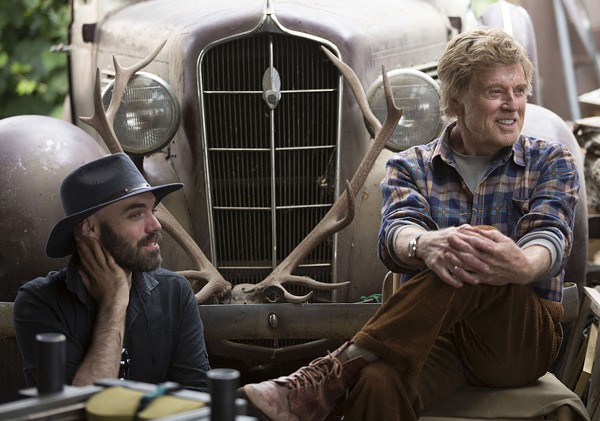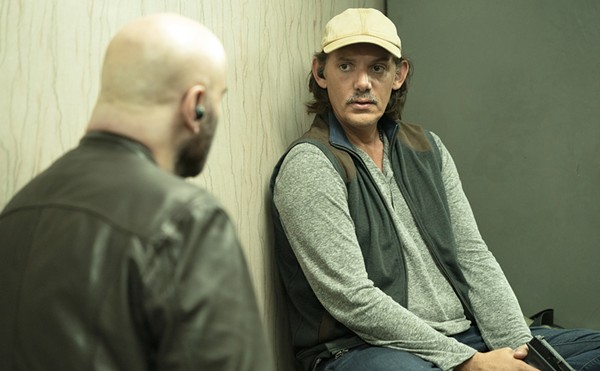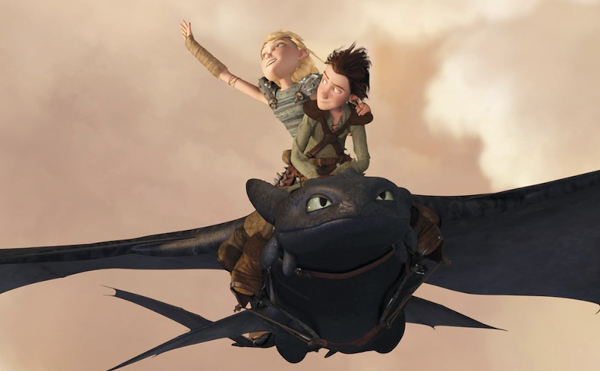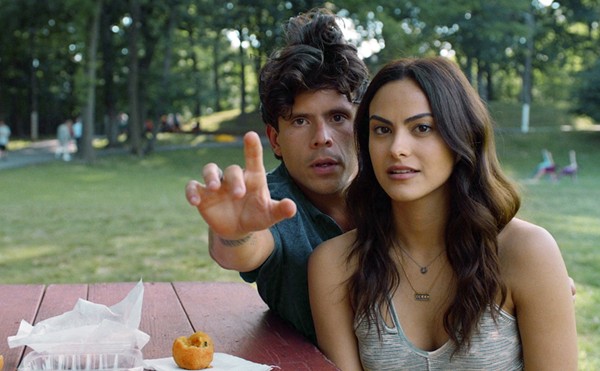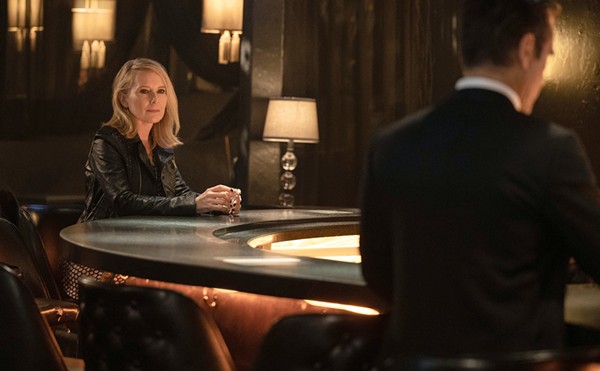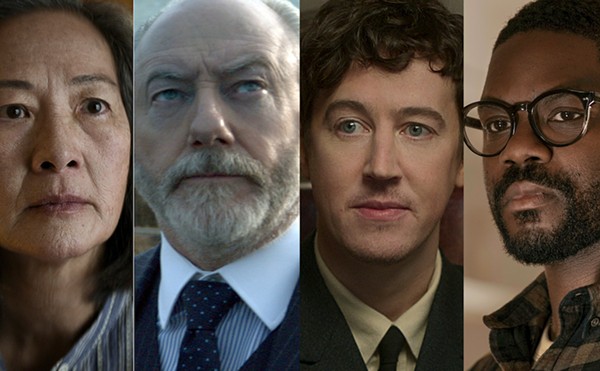The first time that filmmaker David Lowery (A Ghost Story) read a 2003 profile piece in The New Yorker about an aging bank robber named Forrest Tucker, he wondered why no one had ever made a movie about him before.
“I thought, ‘This is too good to be true,’” Lowery, 37, told the Current during a phone interview late last month. “I thought, ‘This has to be a movie already.’”
What Lowery didn’t doubt, however, was how serious the person who sent him the magazine article was about making the film and taking on the lead role. That person was Hollywood legend Robert Redford (The Sting), who had worked with Lowery in the 2016 live-action reimagining of Pete’s Dragon.
“For me, the appeal was not only to be able to tell this crazy story, but also to get to work with Mr. Redford and collaborate with him in creating a character that is a quintessential Robert Redford character,” Lowery said. “It was an opportunity I couldn’t pass up.”
Together, Lowery and Redford turned a stranger-than-fiction crime story into the independent film The Old Man & the Gun, which Redford said will be the last film of his career now that he is officially retired. The film also stars Sissy Spacek (In the Bedroom) as Jewel, Forrest’s love interest, and Casey Affleck (Manchester by the Sea) as John Hunt, an Austin police officer trying to track down the experienced thief.
During our interview with Lowery, we talked about the old-school approach he chose to make the film, his addiction to moviemaking and why it’s too early for him to comment on what will ultimately be Redford’s lasting legacy. The Old Man & the Gun opens at select San Antonio theaters Oct. 12.
Did you go into this project with the conscious idea to make a modern version of a 1970s film?
I wanted this movie to feel as if it was made in a different era. I think it is definitely a spiritual successor to many of the films that Redford made his name in – the classic outlaw movies like Butch Cassidy and the Sundance Kid and Jeremiah Johnson. I didn’t want it to feel like a revisionist version or a modern update. I wanted it to feel like it was cut from the same cloth as those films. I also knew that it needed to reflect where [Redford] is now in his life and career.
Forrest passed away in 2004. If you had gotten the chance to meet him, would there have been anything you would’ve liked to have asked him that might’ve affected the script?
Maybe I wouldn’t have felt comfortable asking him, but in the [New Yorker] article, he talks about how in hindsight he wishes he hadn’t been a bank robber. He says he should’ve taken a different career and learned a trade. I would’ve asked him if he really meant that.
Why do you think he just couldn’t resist robbing banks?
You could get into the psychology of it and try to unpack it, but at the purest level, I just think there was a love of it. You could call it a love for the adrenaline or the thrill. He was addicted to the archetype. He wanted to be a bank robber with a capital B. There’s something about that that kept him going. He wanted to be the best outlaw there ever was. I can’t help but equate that to making movies. When you really love it, you just can’t stop. I’m addicted to it.
In the third act of the film, you create this incredible montage of all of Forrest’s bank robberies. Where did that idea come from?
There’s a moment in the [New Yorker] article where the journalist, David Grann, talks about when he said his final farewell to Forrest, Forrest gave him a handwritten list of all his prison breaks. There were 18 of them and the 19th one was blank. I wanted that moment to exist in the film. More than that, I wanted to see all those prison breaks. I thought, “How fun would it be to flash through this character’s life in the final act of the film and really open up our perception of him?”
If this really is Robert’s last film, what kind of legacy do you feel he’s leaving behind?
I don’t have a good answer for that question. I’ve spent so long not thinking about him retiring. Now, it’s starting to weigh on me more. So, while I don’t have a good answer now, it’s something I’ve been reflecting on. At some point in the future, we’ll all look back on this amazing man – this legend – and all of those facets of who he was will be there. At some point, his legacy will be defined. We’re just not there yet.

